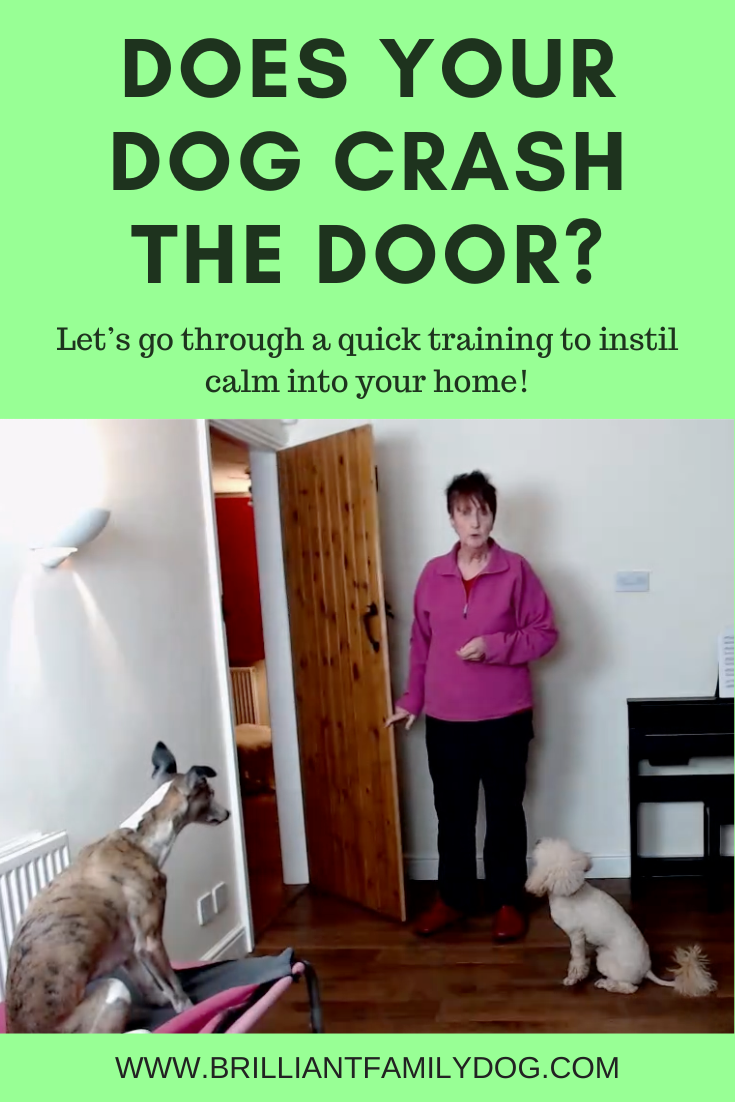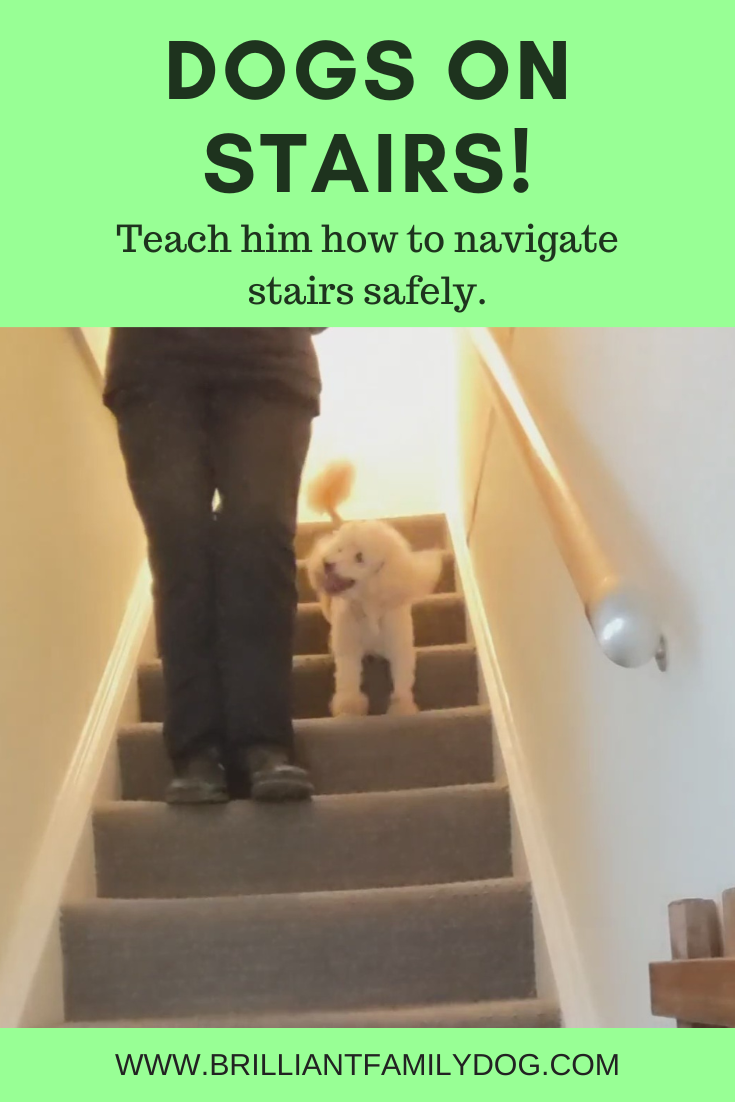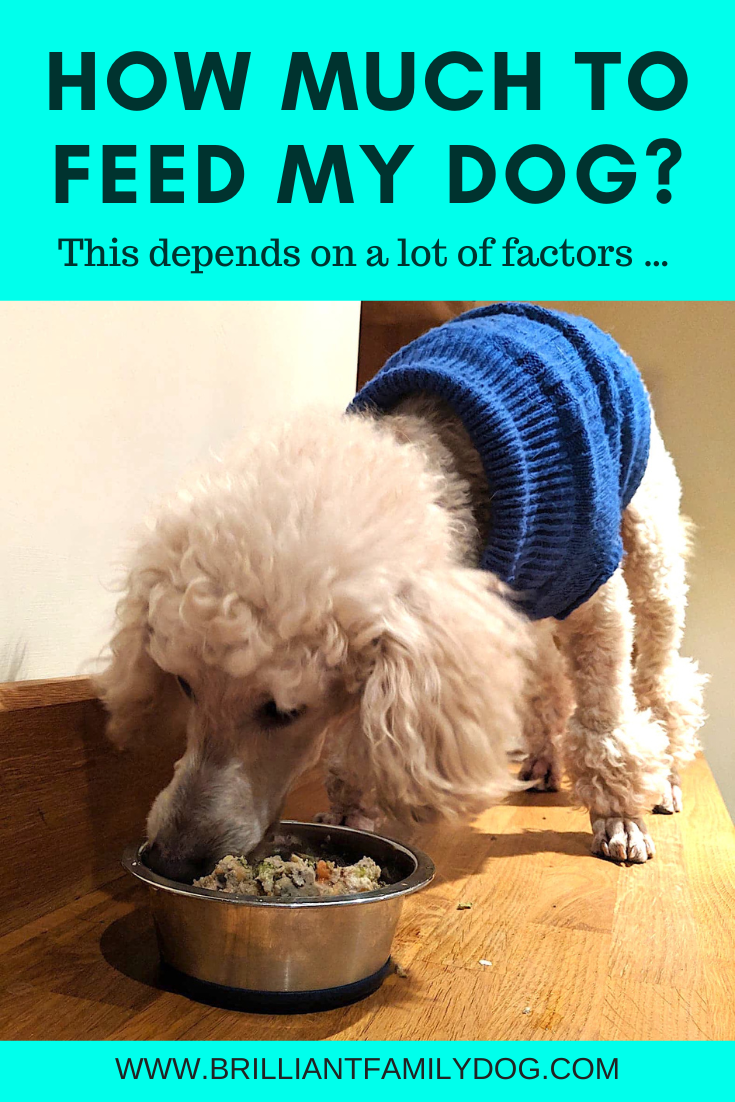There are 5 basic needs outlined in the UK Welfare of Animals Act 2006 :
The need for a suitable environment
The need for a suitable diet
The need to be able to exhibit normal behaviour patterns
The need to be housed with, or apart from, other animals
The need to be protected from pain, suffering, injury and disease
I’m always on about no.2! And there are many articles here on Brilliant Family Dog on sleeping and living arrangements and multi-dog households. And of course, no.5 is implicit in most of the posts on this site!
Today I want to draw your attention to numbers 1 and 3, in relation to exercise.
There are increasing requirements for dogs to be kept on a lead, to be restrained, to be prevented from doing natural doggy things.
And this creeping infiltration of prevention is wrong!
Have a look at what the UK Government Code of Practice for the Welfare of Dogs has to say:
“A dog needs regular exercise and regular opportunities to walk, run, explore, play, sniff and investigate.”
This is also enshrined in the Dog Control Orders guidance from Defra (the UK Department for Environment, Food & Rural Affairs) for Local Authorities, which states that:
“The authority needs to balance the interests of those in charge of dogs against the interests of those affected by the activities of dogs, bearing in mind the need for people, in particular children, to have access to dog-free areas and areas where dogs are kept under strict control, and the need for those in charge of dogs to have access to areas where they can exercise their dogs without undue restrictions.”
This means that our local councils are obliged to ensure that provision is made for dogs to enjoy free running, sniffing, exploring and all the rest outlined in the Welfare of Dogs Code of Practice quoted above.
EU laws
The Lisbon Treaty of 2009 declared that animals are sentient beings. It was feared that the UK’s departure from the EU would remove this law from our statute books. But, the Animal Welfare (Sentience) Act 2022 has received royal assent. UK law recognises animals as being sentient.
Phew!
Why am I telling you all this?
You are going to meet people who don’t like dogs.
You are going to meet people who tell you off, and tell you your dog should be on a lead at all times.
As you can now see, this is nonsense! And our dogs’ freedom is enshrined in law.
Now, of course your dog should have sufficient training and manners that you can recall him fast, and ensure that your dog does not interfere with or annoy other users of the land you’re on. And you need to pick up after your dog too.
But once you are sure that your dog is no nuisance, you may know that you have the backing of the law to exercise your dog properly and freely, and that opportunity for you to do this must be provided, wherever you live.
The rest of the world
I can’t speak for the rest of the world, as I’m not familiar with their laws. But knowledge that some civilised - or partly-civilised ;-) - countries have these laws enacted may give you power when agitating for change in your own neck of the woods.
We owe it to the dogs in our care to enable them to “exhibit normal behaviour patterns” in “a suitable environment”.
The pictures on this page show my own dogs doing just that!
And if you need help with getting that brilliant recall that will enable you to give your dog this freedom, start with our free Workshop here!
RESOURCES:
UK Welfare of Animals Act 2006
UK Government Code of Practice for the Welfare of Dogs













